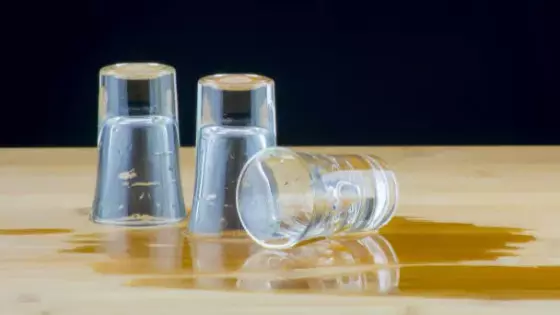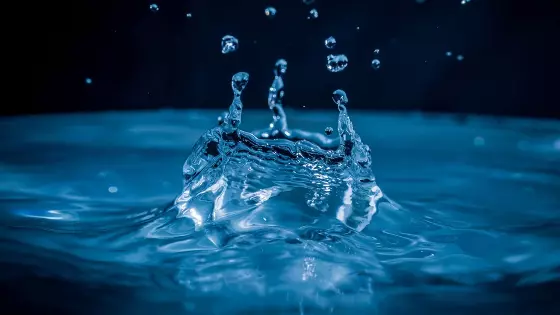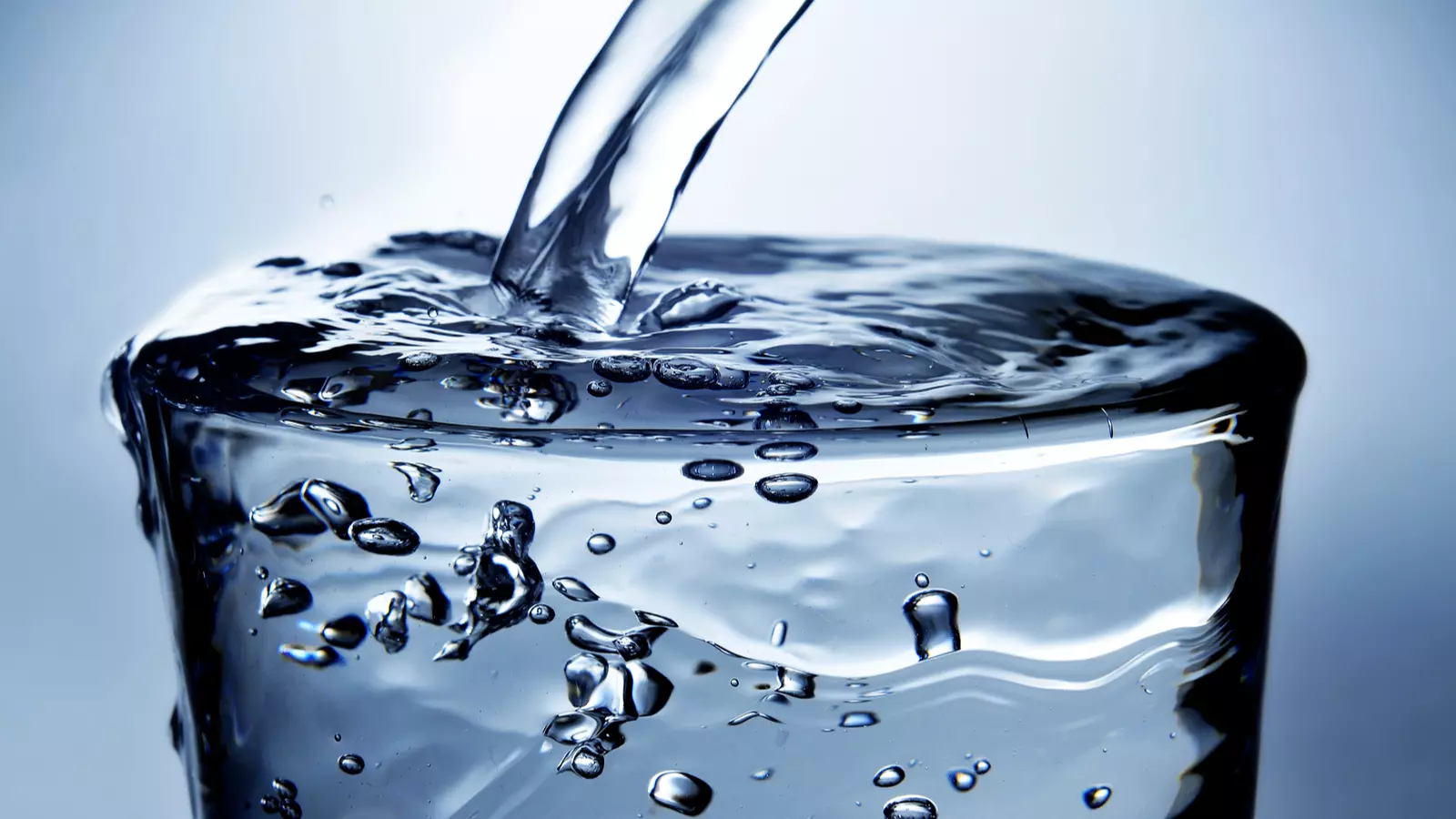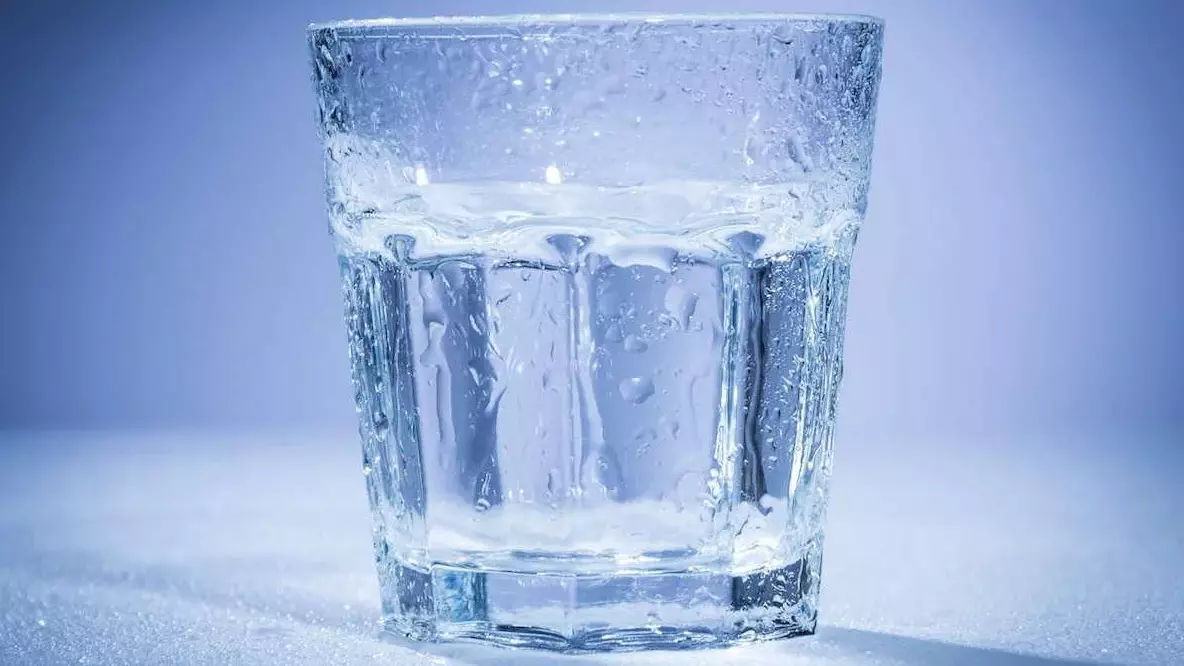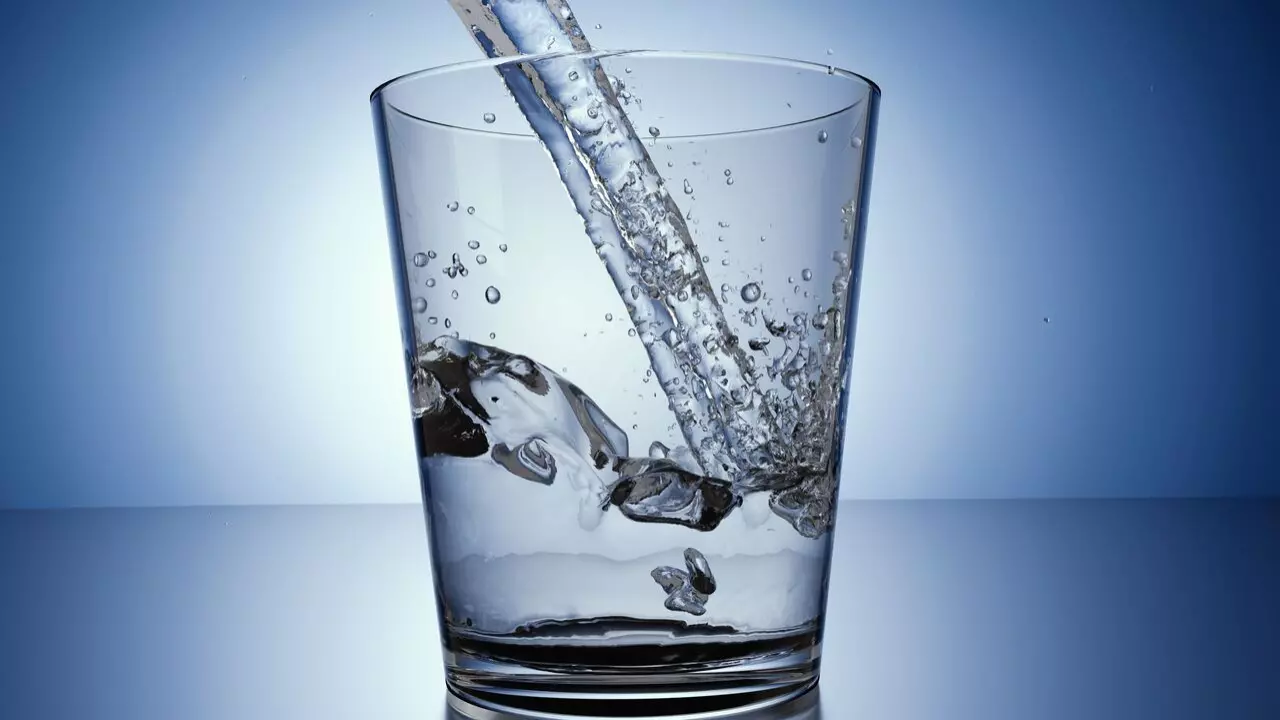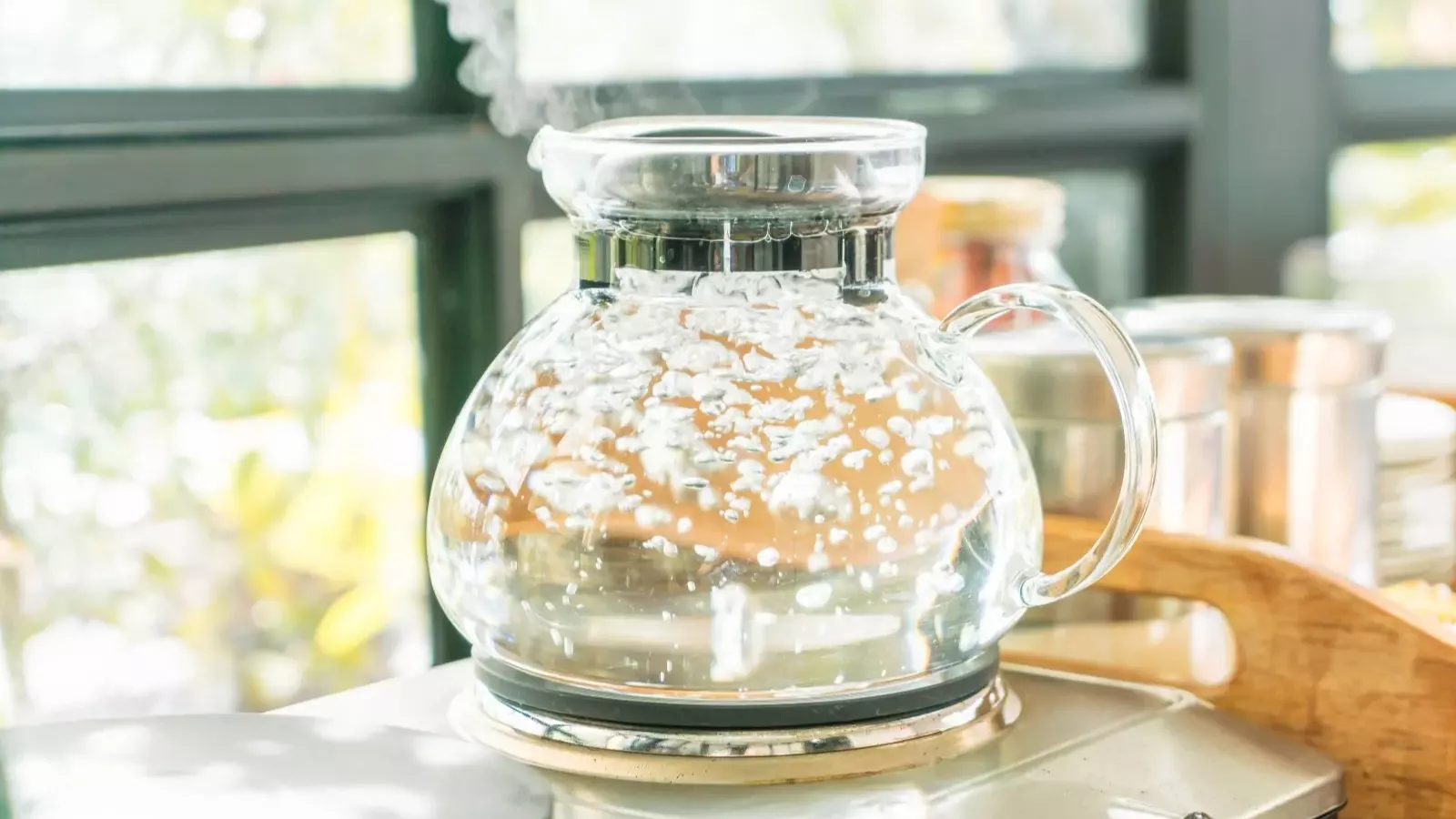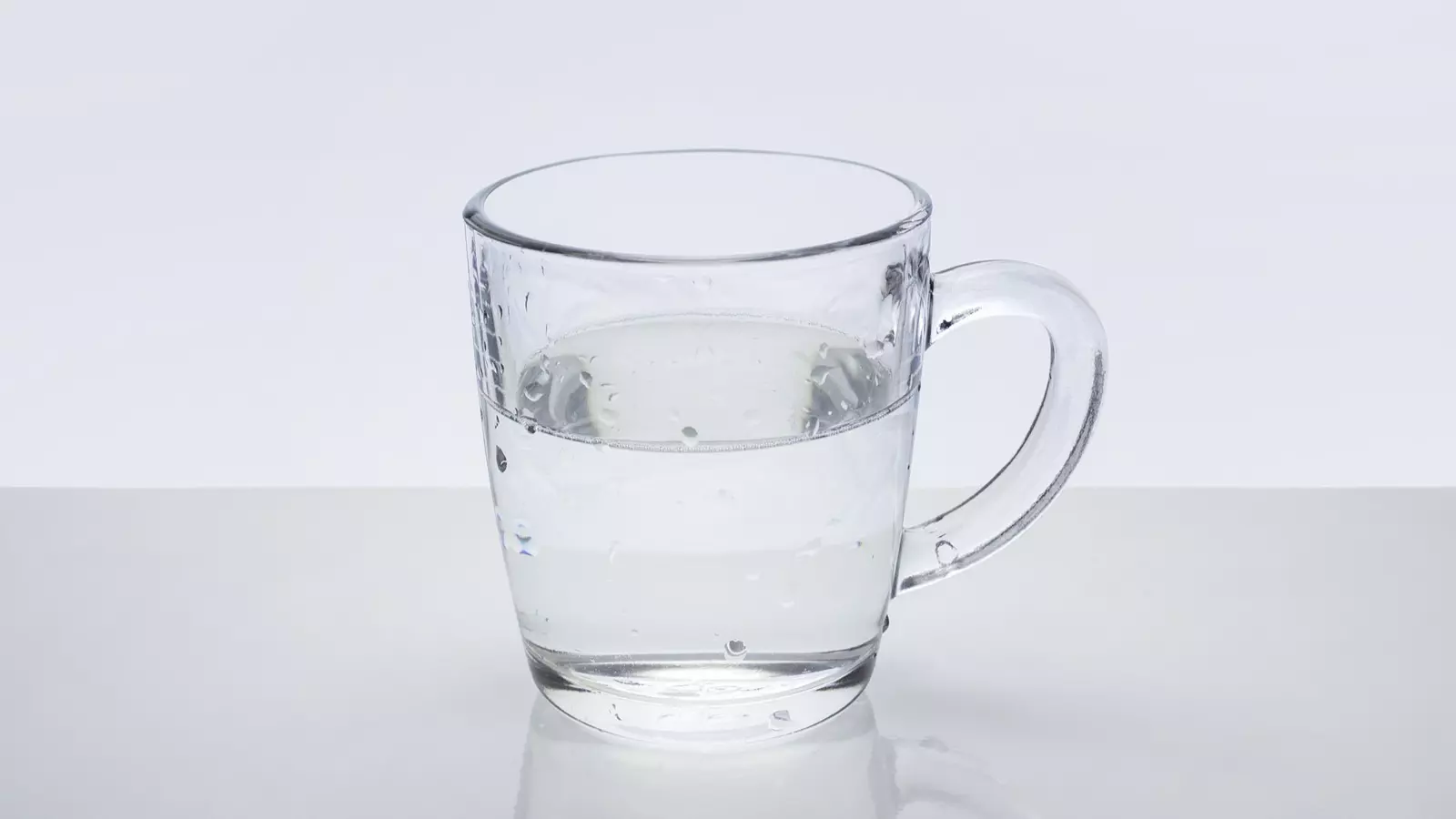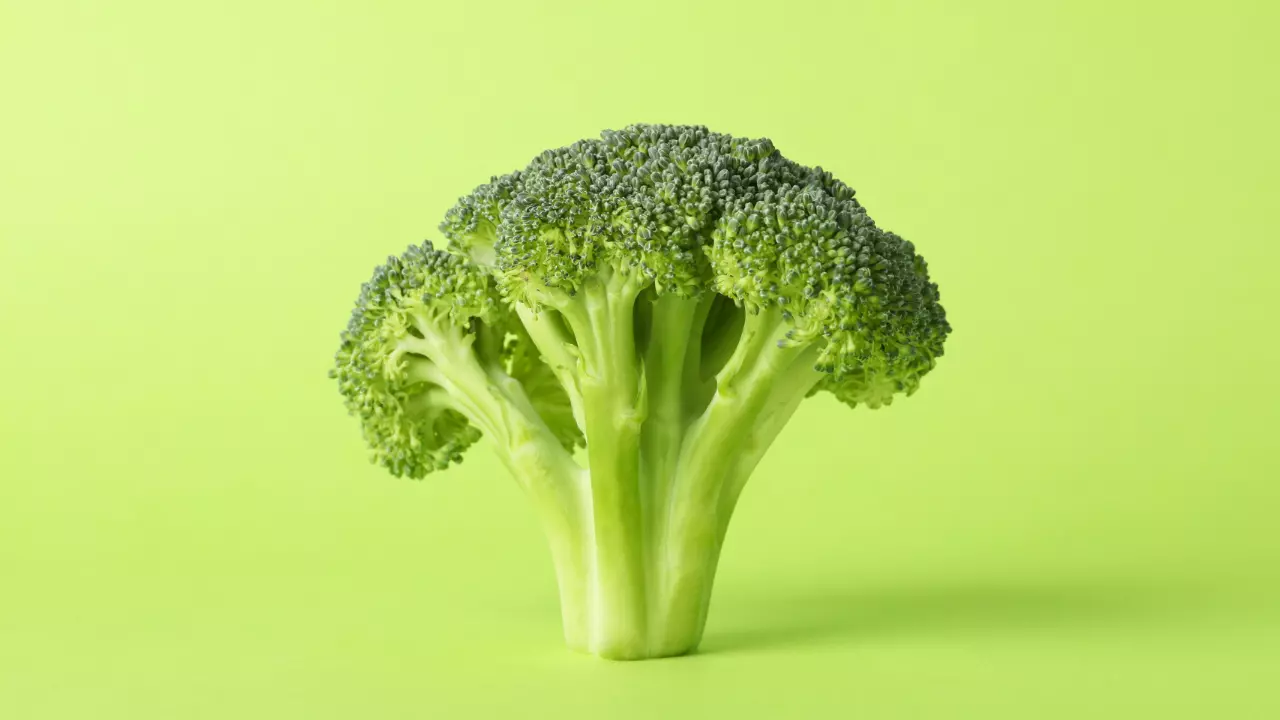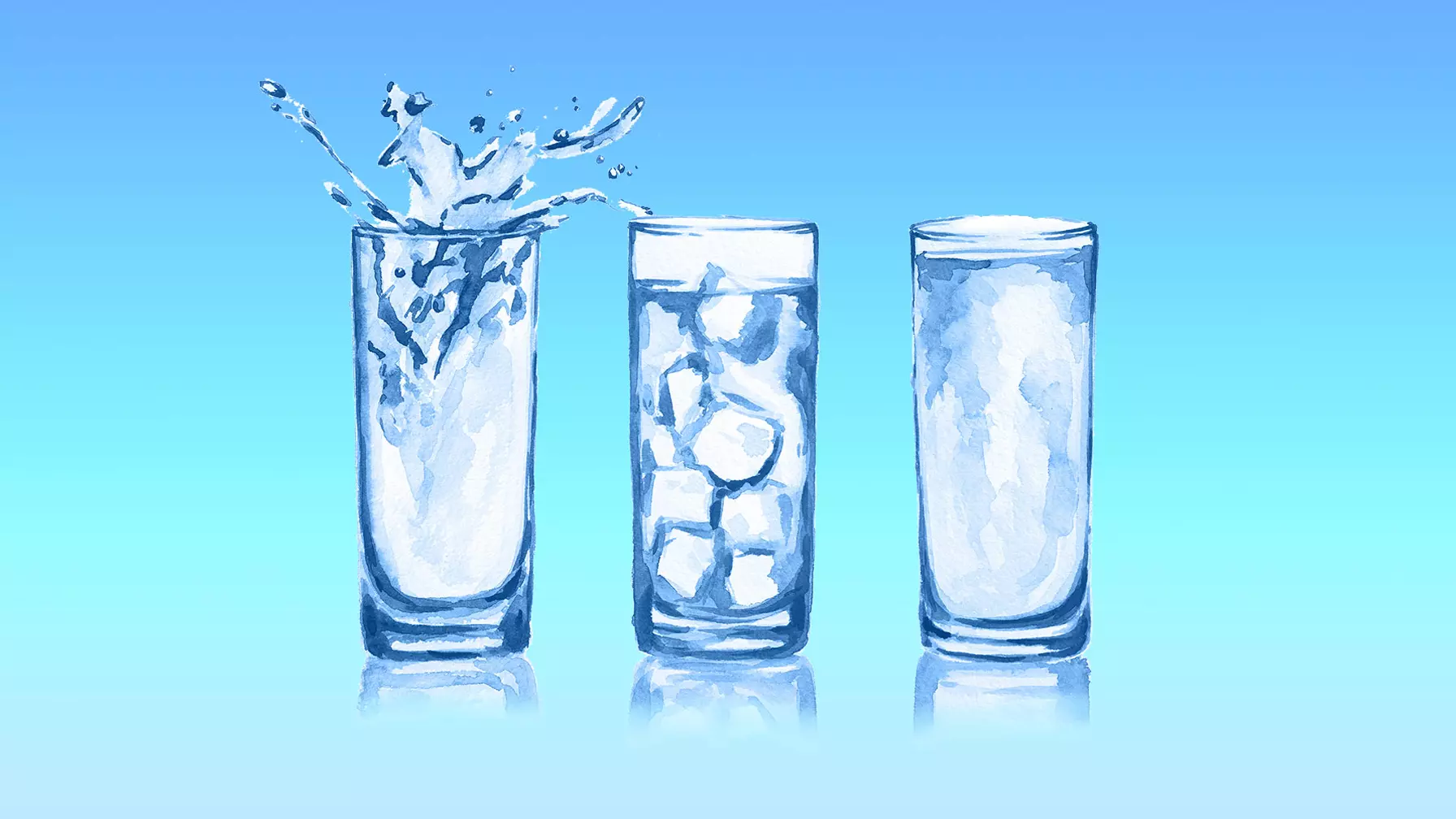Several ways to make 3/4 cup in different ways
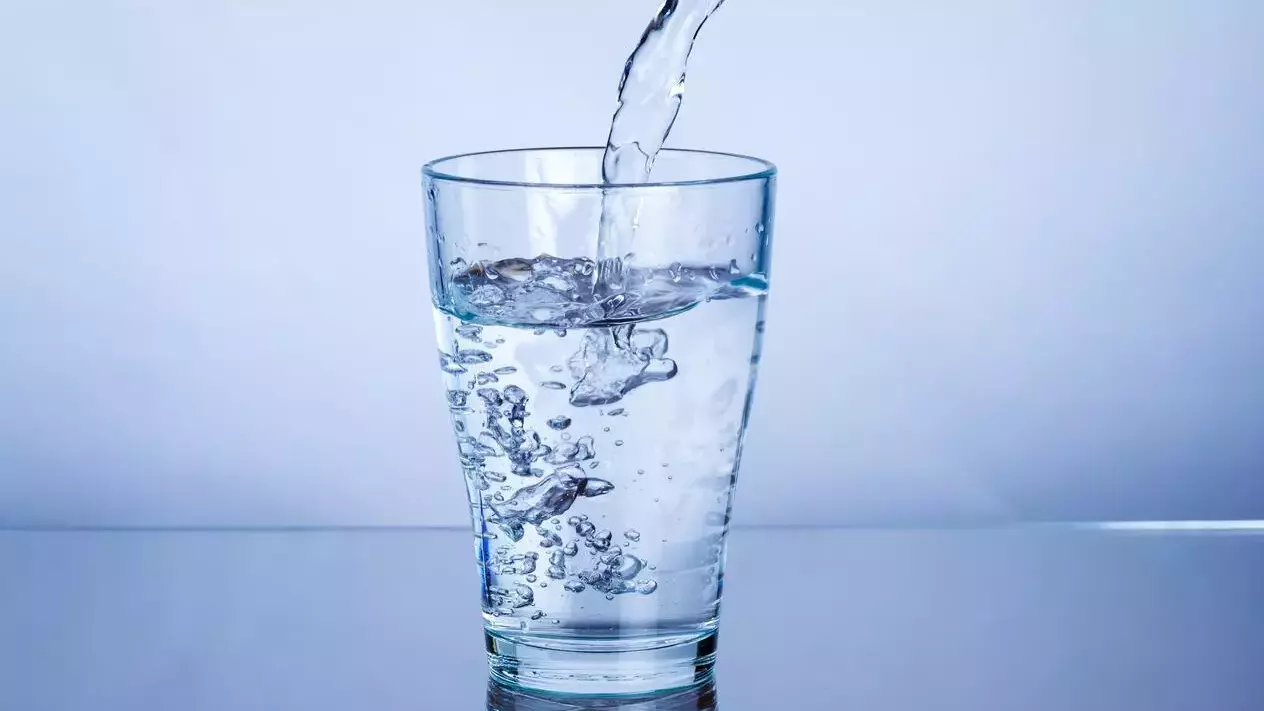
Content
How to make a 3/4 cup without measuring cups?
Done!
We now have 3/4 of the contents in the first cup.
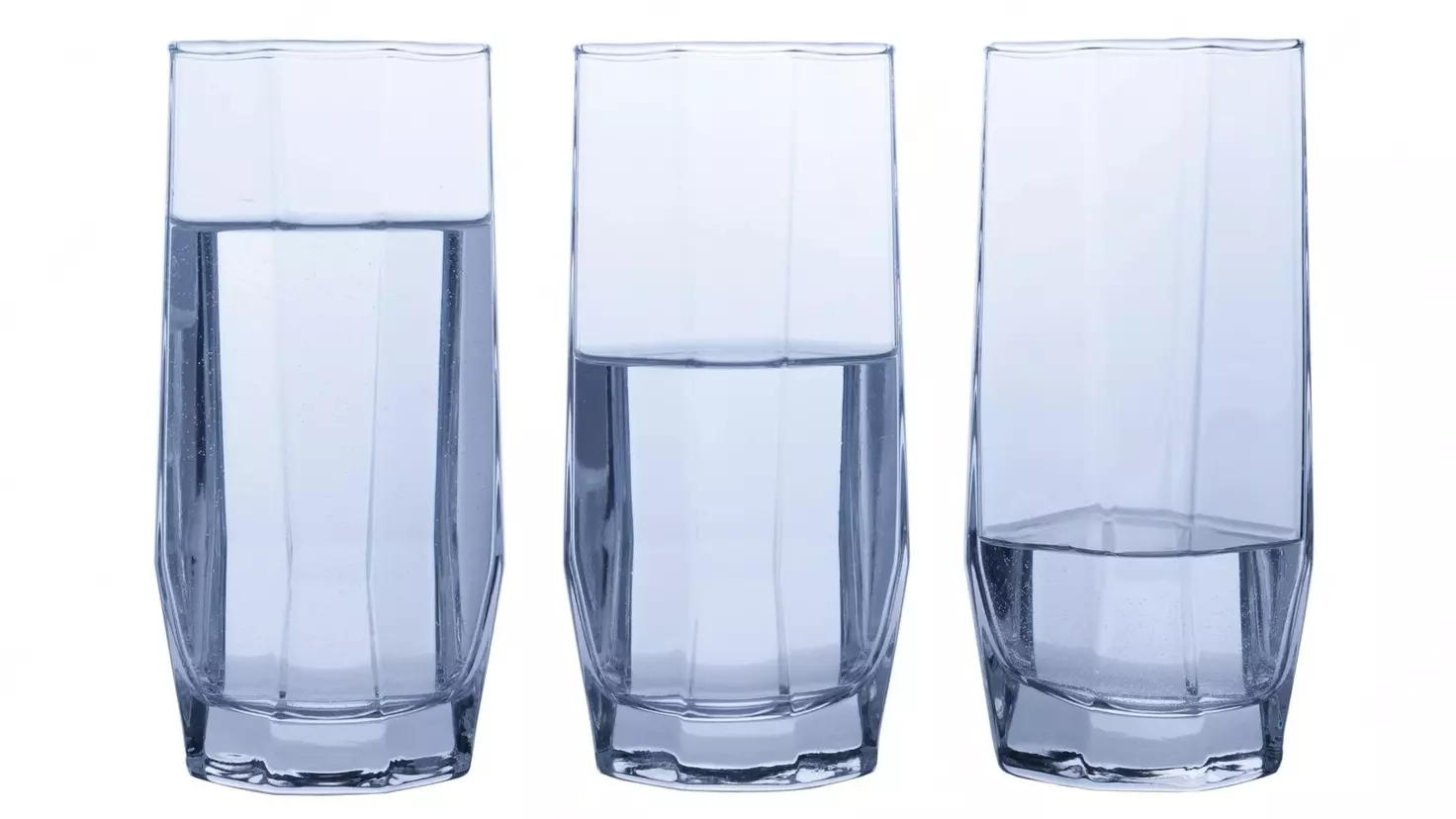
What is 3/4 cup of water?
Three-quarters of a cup (3/4 cup of 237 ml or 8 oz) is 178 milliliters of water. Three-quarters of a capacity (3/4 cup of 180 ml or 6 ounces) is 135 milliliters of water. Information about the mass of water in a glass is useful in cooking for preparing dishes. 3/4 cup is: 6 ounces, or 12 full tablespoons.
How much is 1/3 cup of water?
A third of a cup (1/3 of a 237ml or 8 oz cup) is 79 grams of water. One third of a cup (1/3 cup of 180 ml or 6 ounces) is 60 milliliters of water. 1/3 cup is 2.6 ounces or 4 full tablespoons.
How to make 3/4 cup with measuring cups?
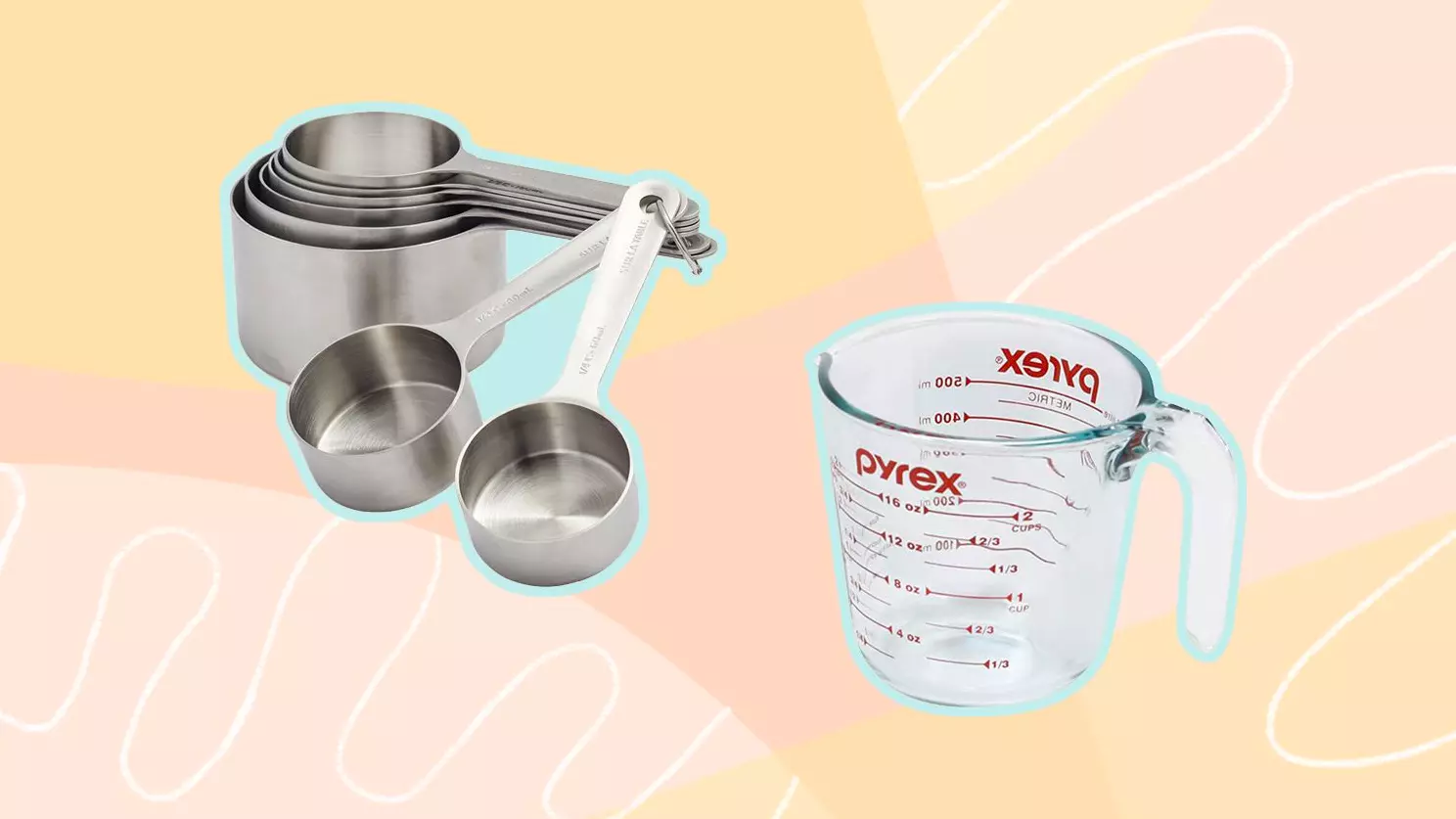
To measure 3/4 cup, with measuring cups, you need to do the following steps:
- Let's take our glass with a capacity of 8 ounces (237 milliliters).
- Fill our glasses to the brim with contents.
- Take a measuring cup and slowly pour into it up to the mark (6 ounces), why 6 oz? Because the glass is 8 ounces, you need to divide by 4, and multiply by 3, we get the result: 6 ounces.
- Done! We measured our 3/4 of our glass.
This method is very accurate and can be done quickly.
Why do we need a measuring cup for liquids
The main function of this utensil is to determine the volume in ml if you want to examine a certain substance. Previously, such a glass was made in the form of a bowl. Glass was not always used as the starting material. It's hard to imagine a modern bar without this attribute. In rare cases, an alcoholic drink will be provided to the client without prior dispensing.
Types of measuring cups
If you want to understand this dish, you need to highlight its three indicators: size, source material and application. According to the voiced parameters, it is worth further considering the products necessary for everyday life.
Glasses by volume
The so-called squaring of the glass is of great importance. It does not hurt to consider five types of glasses with measurements.
- 50 and 100 ml. Similar markings can be found in bars, where the scale of alcohol is measured according to these parameters.
- 250, 500 and 1000 ml. The measurements given are considered averages because above this mark, cups are made to order.
Medium static kitchen this is the presence in her arsenal of a glass with a mark of up to 100 ml. During the preparation of a complex recipe, 500 ml containers are often used. A large enterprise purchases measuring utensils for 1–5 liters.
By content
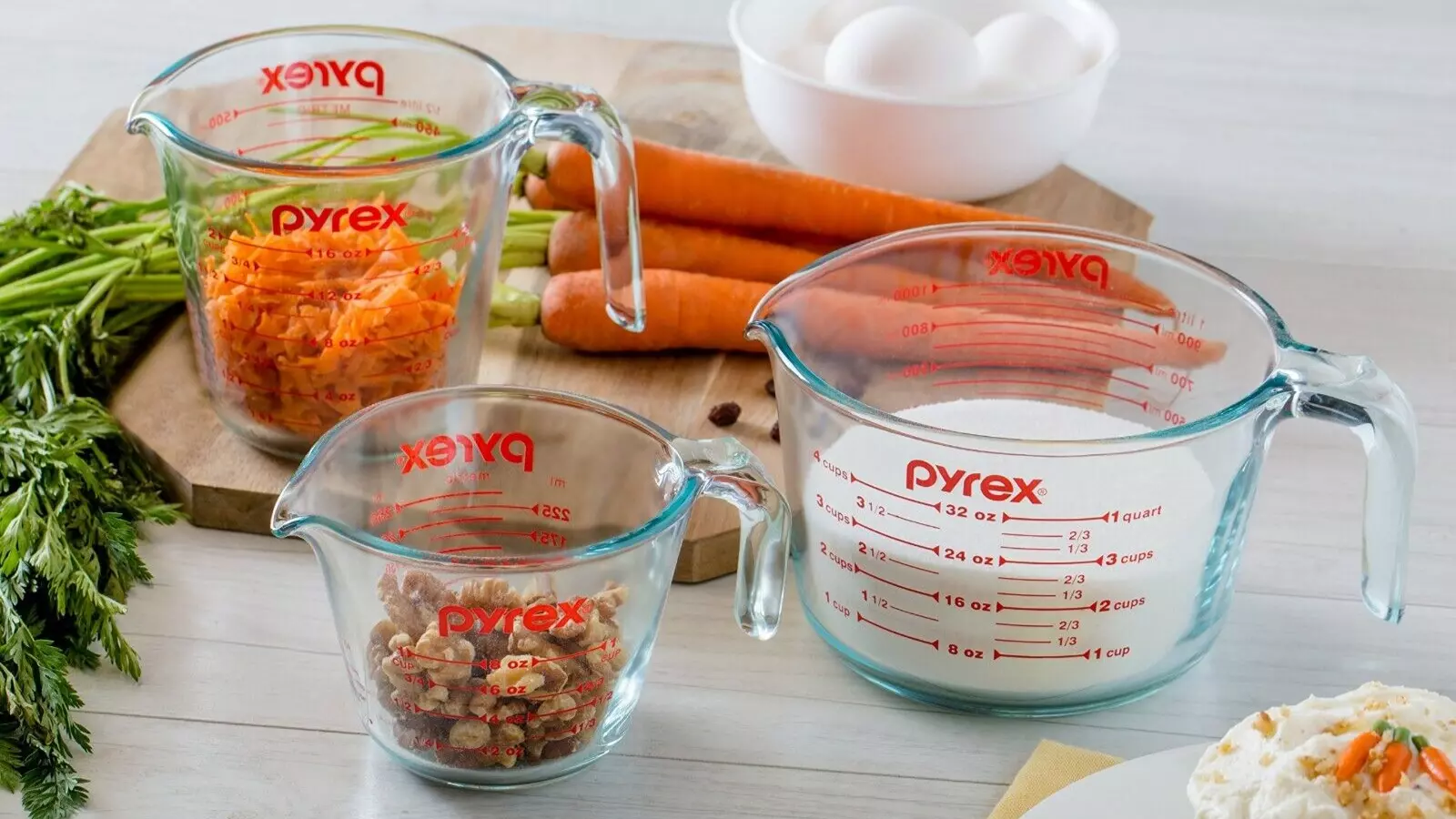
Occasionally, it appears that the base of the cup for measuring liquid is irrelevant. Don't jump to conclusions. Many models have a spout chute, handle for more comfortable use.
Silicone cups
Silicone beaker has some advantages over other materials.
- Practicality. With a low price, such a container is suitable for baby food. What is a bad option to use a silicone capacity to measure liquid and bulk products at the same time?
- Adaptation. Silicone is good because it rarely deforms when dropped. During transportation, its integrity is also preserved.
Glass measuring cup
Glass products will cost more than plastic measuring capacity. Among the advantages of such products are the following.
- Presentability. Thanks to glass, a measuring cup can be turned into an exclusive product. The shape of such a product should ultimately correspond to its intended purpose. However, no one has yet canceled the interesting design of the measuring cup.
- Compliance with hygiene. For catering outlets, this factor is a weighty argument for purchasing glass goods. Plastic products are rarely used in the bar.
A glass beaker is a little pricier than plastic ones.
With all the advantages of a glass measuring capacity, it should be remembered that it is impractical in some cases. Its base tends to slip in the hands and beat with inaccurate use of dishes. The way out of this situation is the use of heat-resistant raw materials.
Stainless-steel cup
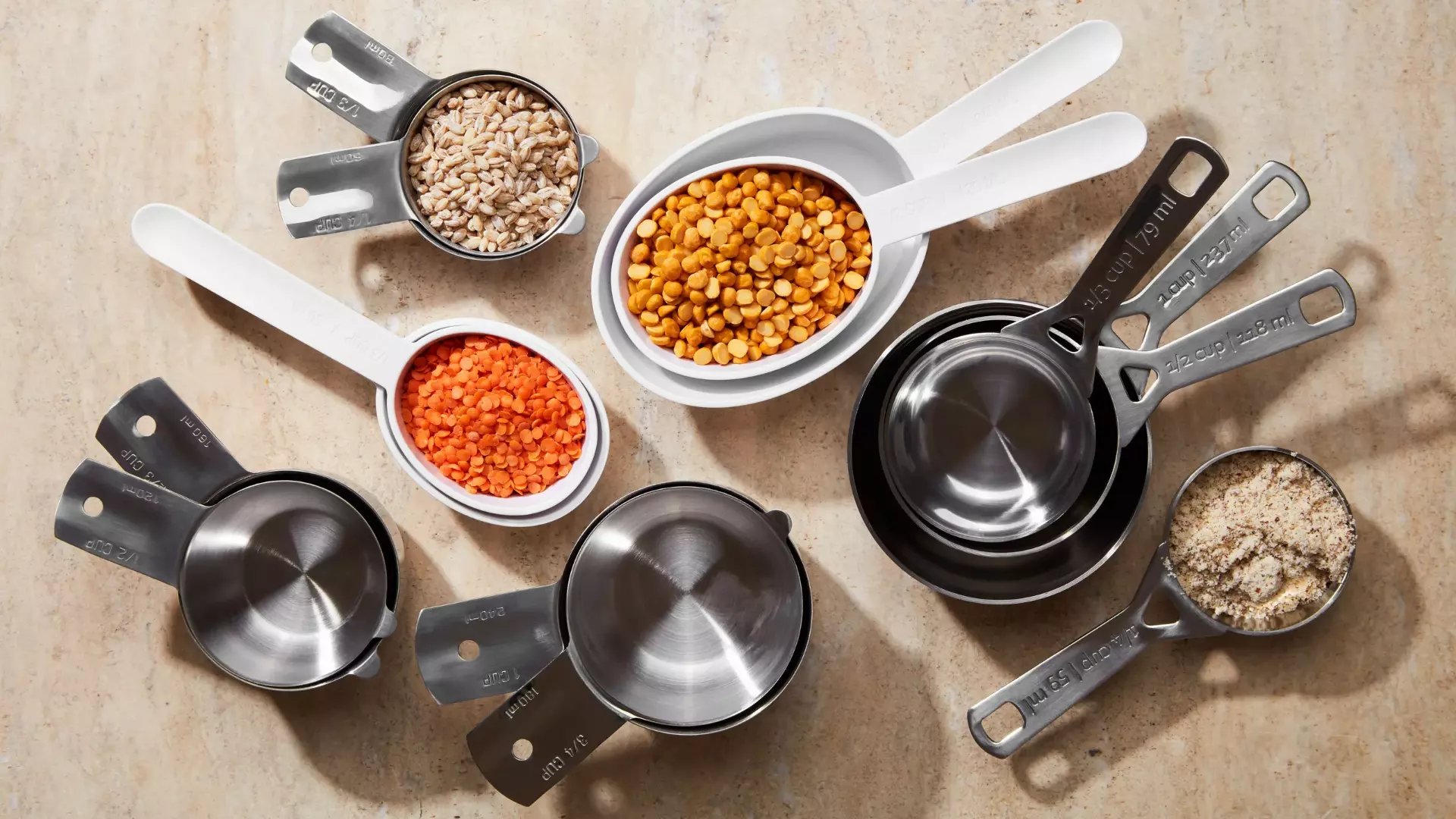
Metal containers will decorate any work area. Stainless steel – the most suitable material for the manufacture of measuring utensils.
Pros of this metal container:
- Easy to clean;
- Presentable appearance;
- Affordable cost.
Stainless metal does not release molecules into the measured product. The dishes are easy to wash.
Among the shortcomings of this product should be highlighted:
- Deformation when falling sheet metal products;
- More likely to cause scratches on the surface.
Applications

Measuring utensils are indispensable in the next area of human life.
- Cooking. It is difficult to imagine a hostess who can determine the proportions in a dish by eye. During the preparation of some food compositions, you cannot do without a measurer.
- Alcohol business. The bartender, while serving a customer, will use a measuring cup to determine the volume of alcohol.
- Science. The modern laboratory is equipped not only with advanced technology, but also with dipsticks made of various materials.
- Pharmacology. In the manufacture of medicines, accuracy in beaker parameters is indispensable.
Explanation of symbols on measuring utensils
Show such glasses can be both milliliters and ounces. The number of dashed stripes on the dishes depends on its volume. Manufacturers try to make it as easy as possible to understand the symbols on the container.
What does fl. Oz.
OZ is an ounce indicator. Its basis is considered to be the parameters of 28.35 gr. FL stands for fluid ounce and stands for 30 ml. By examining what oz is on a measuring cup, it is clear that this is a measure for bulk products. So, 1 oz (ounce) is equal to 28.35 gr.
Pts designation on measuring cup
Pts is the pint value. The English system of measures is not familiar to the domestic consumer. It means the parameters are 0.56826125 liters. The American version of the pint differs from the English markings. Its performance is 0.47 liters. This English value has become popular in the UK, where it is used to determine the amount of beer, as well as cider.
Which measuring cup to choose
When buying, you should consider the following nuances:
- Source material. Products must be made because of environmentally friendly raw materials. Otherwise, it will enter into an undesirable reaction with food. It is best to choose glass, as the safest option.
- Volume. For domestic use, containers from 500 ml to 1 liter are suitable. A large food company will not manage with such volumes. For him, it is better to purchase dishes for measuring in the range of 1 l+.
- Visual characteristics. The choice will depend on the personal taste of the buyer. When used in everyday life, it is important that the measuring cup agrees the dishes available in the house.
In the supply and demand market, the consumer is presented with a wide selection of measuring cups, everyone can select the right one.
Rules for the use of measuring cups
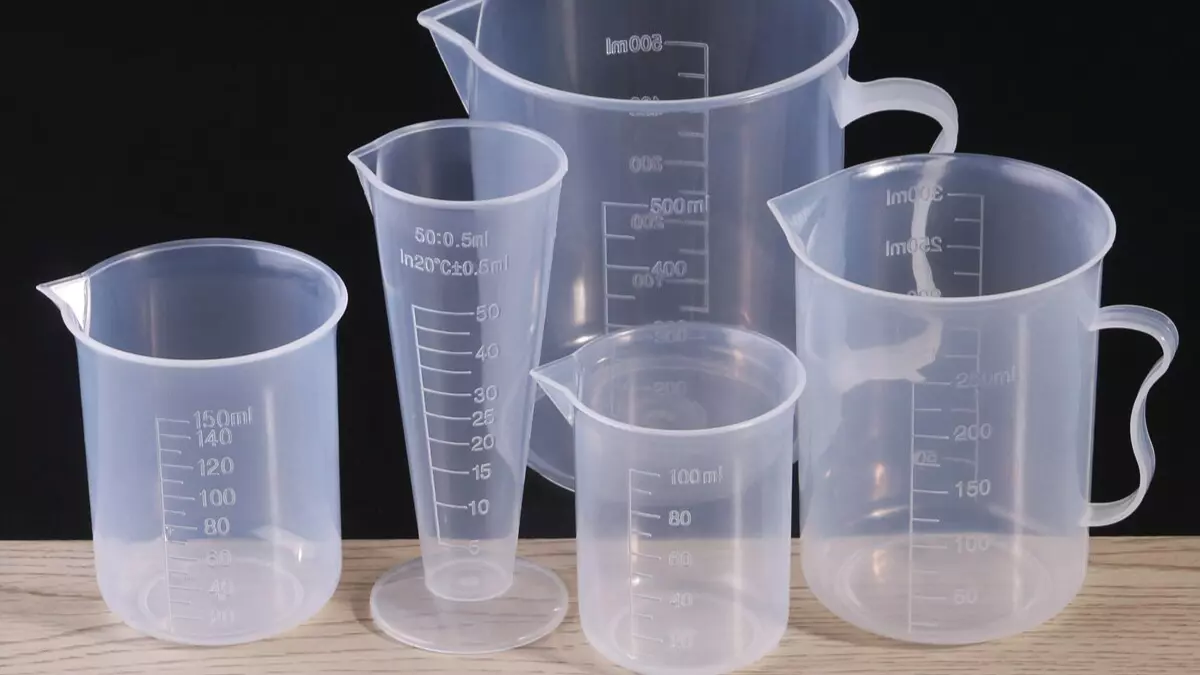
Measurement utensils are required to fulfill all recipe recommendations. The apparent ease of use of the measurer is not true, and you need to know the rules for its operation.
- Intended use. Do not use the measurer for other purposes, which do not involve measurement.
- Drying the glass. Avoid wet containers when measuring liquids and solids. If this rule is not observed, the calculation will be incorrect.
- Correct placement of the substance. With a spoon, you need to carefully load the source material of the study to preserve its consistency.
- Prevention of the formation of a layer of air. To avoid this factor, shake loose ingredients.
- Correct pouring. In this case, there will be no problems with water. If you want to measure a viscous liquid, it must be poured slowly along the wall of the measuring vessel.
- Work on a flat surface. It is recommended to forget about the habit of making calculations by weight. Their performance will not correspond to real numbers.
- Correct distribution. We are talking about the need to designate the parameters of butter. His research makes it difficult for pockets to form out of thin air. To prevent this factor, the product is cut into small pieces.
- Competent combination. During cooking, cooks have to measure liquids and bulk solids. After studying the recipe, it is necessary to initially analyze the dry ingredients of the dish.
- Generosity in volume calculations. It concerns cases when it is necessary to investigate the parameters of a bulk ingredient. The excess can be easily removed later with a knife.
- Ensuring room humidity. In this situation, the factor of using a faceted cup or a container with a scale is not relevant.
- A reasonable choice of capacity. You should not buy a large-volume beaker if minimal portions are diagnosed in everyday life when cooking. To work with large proportions in small and medium-sized organizations, you will need a 1000 ml measuring glass.
Recommendations for the care of measuring glassware
Special care is a guarantee that the shelf life of the measuring cup will be long. The term of operation of such dishes will become maximum subject to certain rules.
- The right choice of detergent. It should not contain abrasive particles. Product without sanitary approval hygienic examination is not suitable for use.
- Limited choice of brushes. It is best to purchase a foam rubber soft sponge. Do not use a coarse cleaning brush.
- Temperature control. Measuring cups in cold water are not washed. It is better to choose the average temperature. After measuring the volume of an oily liquid, such dishes are cleaned with hot water with the addition of a small amount of vinegar.
What is a jigger?
Jigger is the daily working tool of every bartender, but not only, it is also suitable for our purposes, for precise measurement of liquids. The purpose of use is basic.

Jigger is not just a capacity, but a special measure of the volume of liquid components of cocktails. With it, the bartender will measure the required amount of fluid ingredients in accordance with drink recipes. It is often referred to simply as “the bartenders measuring cup”.
The jigger was named after the “Jigger” unit of measurement, which is one and a half ounces, or 44 milliliters.
Appearance
Visually, a jigger for a bar looks like a slightly distorted hourglass. It consists of two small containers of different volumes, soldered bottoms to each other. The most popular jiggers have one part of one and a half ounces (1 jigger), and the second – any volume convenient for the person who will work with the jigger.
There are species both a jigger with divisions inside or outside (convenient for beginners and those who do not know how to determine proportions by eye), and clean, without any marks (for real professional bartenders).
Materials
Jiggers don't have much to choose from in terms of materials. The vast majority of measuring cups are made of stainless steel. Manufacturers explain this by the fact that stainless steel does not react with drinks, does not retain the smell and taste of liquids that were poured before, and is much stronger than other materials. Moreover, the shiny stainless-steel jigger complements perfectly the set of other bar equipment, most of which have metallic, shiny surfaces.
Some manufacturers make jiggers out of plastic or glass. Such cups can also accurately measure the number of liquids, however, do not forget about the fragility of these materials. And they don't look as elegant as metal ones.
How to select a jigger?
The main requirement for a jigger is the accuracy of measured portions. So, when buying, it will not be superfluous to check so that the amount of liquid contained matches that declared by the manufacturer. If this is not done, then later, when used, the cocktails will not match the recipes, which can have a rather unpleasant effect on the quality of the drinks. Experienced bartenders prefer jiggers with rounded edges. This small nuance allows you to minimize the loss of fluid during transfusion. From this, we can conclude that the jigger is suitable not only for bartenders, but also for us because our goals are very similar.
Why do you need to know what 3/4 cup is?
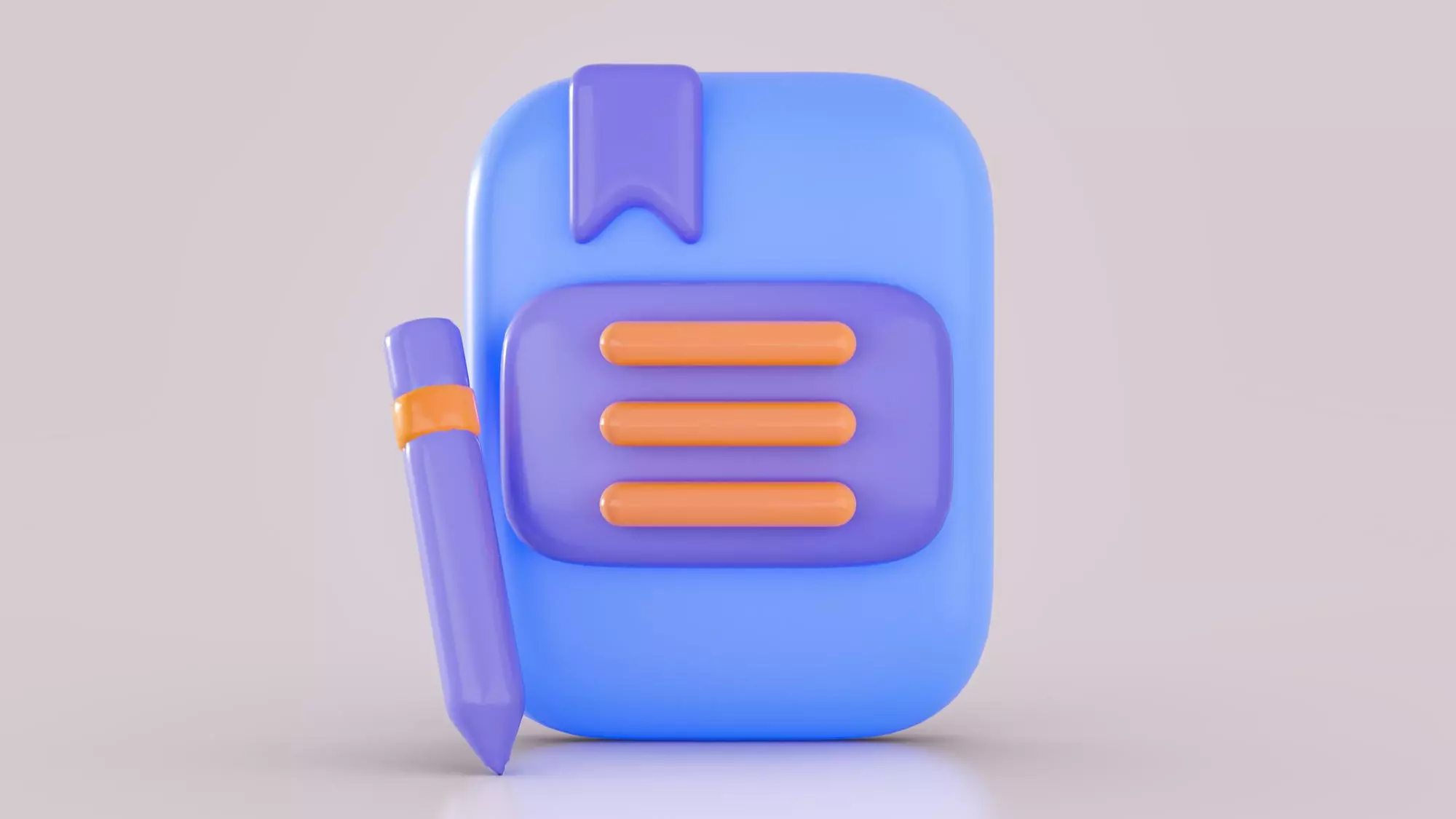 190 cm to inches
190 cm to inches
 17.5 cm to inches
17.5 cm to inches

